![]()
When 49 year old, Joseph Schofield bid his farewells and left the Hare and Hounds public house just before midnight on Saturday, 30th September 1848, his walk back to his home at nearby Under th’ Shore would normally only take him around ten minutes, but on this particular evening perhaps a little longer as he was slightly intoxicated.
Making his way along Bury Road, Joseph headed towards Tootill Bridge which was only around two hundred yards from the public house. His house was a further sixty or eighty yards there-on from the bridge itself.
The bridge itself passed over a footpath that over the years the people of Breightmet had inadvertently made when making their way to and from their homes at Under th’ Shore, and it stands at around 39 feet high from the base of the footpath to the road at the top of the bridge.
Apart from the odd person lingering outside and close to the Hare and Hounds public house, the walk home was a quiet one for Joseph but one he had done so many occasions before.
But something transpired during the early hours of Sunday, 1st October that would ultimately end in tragedy for poor Joseph.
Just after five-thirty that morning, a man named Robert Barlow, a collier who lived at Darcy Lever and had been visiting his father, was making his way along the footpath that headed towards and underneath Tootill Bridge, when he heard a groaning sound coming from somewhere close by. Standing still for a few moments, he couldn’t see where the noise was coming from and out of nowhere, it appeared again. As his father was only a minute or so walk away at the croft of Messrs. Hollins and Co, he went back to fetch him.
On their return to the spot where Robert had heard the groaning sound, and after looking around, they soon found the cause.
Lying on his back under the bridge, and with his feet hanging in the water, Joseph Schofield seemed to be in a pitiful state as Robert and his father made their way over to him.
“Joseph, what ar’t doing here?” asked Robert.
Recognising the voice, Joseph, in a weary tone replied, “Eh, Barlow, is that thee?”
“What ar’t doing here?” Robert asked again.
“I have been thrut over.” replied Joseph.
Robert and his father then proceeded to take hold of Joseph, taking care to not cause any more harm to him as it was clearly obvious to them he was in a terrible state. They then carried him off to the croft where Robert’s father was employed and soon after, his father went off to quickly fetch some friends.
An hour later, Robert’s father returned with his friend Thomas Davies, and with them they had brought back a wheel barrow. Padding it with some old rags, they gently placed Joseph into it before transporting him to his home which was only a few minutes away.
His home was one of a humble character and a home he had built himself from scratch. It consisted of just one single apartment measuring roughly three by four yards. Made out of stone, it was situated close to the river that ran under Tootill Bridge and despite the odd occasion when unpleasant fumes arose from the brook, Joseph was content with life living there.
As for Joseph, he was just one of twenty-two children his mother had given birth too and having been a widower for many years, he had lived with his sister, Mary Davis, since the death of his wife and devoted his time to making his home his own ‘castle’.
But he had also turned to drink, with the result being many of his friends and relatives disowning him, with some asking him to live apart from them such was his behavior at times, something which was not the case before the loss of his wife.
And yet outside of his circle of ‘friends’, he was commonly regarded as a friendly character who would offer his services to anyone in need. He was employed at nearby Under th’ Shore Cotton Mill by a man named Mr. Haselden and would often be seen maintaining gardens for his neighbours.
Back inside Joseph’s home, Robert and his father applied warm bottles to help keep him settled and after some time, it seemed Joseph was beginning to feel better. Unbeknown to any of them, Joseph’s injuries were far too severe for any amount of warm bottles to be of any help!
And despite the help of his sister, Mary as well as that of John Greenhalgh, innkeeper of the Hare and Hounds public house who had heard of the attack and came to the house to offer his assistance, Joseph sadly passed away shortly after quarter past twelve that afternoon.
But before he passed away, he would inform his acquaintances as to the shocking events that took place that morning and to him being found on the pathway in such a terrible state.
It seems that shortly after leaving the Hare and Hounds, Joseph had managed to arrive safely back at home but for whatever reason he decided to return back to the public house a couple of hours later. It was around two o’clock in the morning when he would make his way back along Tootill Bridge. Here, Joseph was confronted by two men who demanded money from him. Refusing to hand money over to them, they then threatened him by saying that they would throw him over the battlement of the bridge if he didn’t comply to their demands.
Joseph stood his ground, but it was only when they grabbed him that realisation set in. Joseph begged the men to stop but they carried on lifting him up past the wall which was around four to five feet in height. At this point, Joseph asked the men not to throw him over but instead to let him drop himself.
The drop below Joseph was around 39 feet, high enough to cause even the strongest and fittest of men some form of injury.
As he made his over the side of the bridge, Joseph, it seems, clinged onto one of the coping stones for a few seconds until he was struck on the hand with a blunt instrument of sorts.
Losing his grip, Joseph could do nothing to prevent himself falling into the darkness, narrowly missing the brook and landing heavily onto the footpath below.
Whilst retelling the events that had taken place, unfortunately for Joseph, none of his rescuers had given any thought to seeking help in the form of a doctor as soon as they had found him. Instead, Mr. Hampson, surgeon of Bolton was only called for three quarters of an hour before he passed away, but he did not arrive in time to offer any assistance.
The inquest into the death of Joseph Schofield took place on Wednesday, 4th October 1848 and opened by W.S. Rutter Esq. within the Hare and Hounds public house, Breightmet.
Robert Barlow would be the first to be called before the jury, and he would go into detail as to how he came across Joseph lying on the footpath on the Sunday morning and how he fetched help in the form of his father.
John Greenhalgh, innkeeper of the Hare and Hounds public house would be next to be questioned. He would tell the jury of how Joseph had called at the inn just after ten o’clock in the evening, having travelled back from Bolton. He continued saying that Joseph had knocked on the door, calling out “Catler!” and whilst he seemed to be in a merry mood, it didn’t appear that Joseph was drunk at that time.
A juror then interrupted, saying that Joseph had called at his house before that time in the evening and he was half drunk by then but Greenhalgh would reply saying that Joseph now and again would ‘act’ drunk when he was in fact sober.
At the Hare and Hounds, Joseph paid a shilling for a pint of ale, putting the change from the shilling into his right hand jacket pocket. Joseph then spent the rest of the evening drinking and chatting with other people up until around twelve o’clock.
At that point, Joseph asked Greenhalgh if any others were leaving but Greenhalgh told him none where.
It was extremely dark as Greenhalgh helped Joseph outside, walking him into the middle of the road. Apart from a couple of people, he told Joseph, “There are none that will hurt thee!”
The next time Greenhalgh would see Joseph would be the following morning and following on from the attack.
“Joe, how is thour’t in this state, did thou not go home when I parted with thee?” asked Greenhalgh.
“I did,” replied Joseph, “but I was coming again (back to the public house), and two men and they ill-used me; that they threatened to throw me over the battlement of the bridge.”
“I am killed; they have done for me.” Joseph continued.
Greenhalgh also would recall hearing Joseph complaining about his back and assumed something more serious had happened, possibly a broken back and that Joseph himself knew he was dying.
Joseph’s sister, Mary Davis would be questioned and she would tell the jury that Joseph had begged not to be thrown over the bridge and that the two men where ‘bad men’. One of them was a “middling big one, and the other was a small one.”
She asked which side he dropped from, to which Joseph replied; “Joseph’s Street side.”
George Wolstenholme Esq, surgeon of Bolton would be called up to give evidence as to the injuries Joseph sustained and to the reasons why he had sadly died.
From the post-mortem, his report was ; “externally, from right ear down to the collar bone, there was a severe bruise and a good deal of extravasation of the integuments. In the upper part of the right thigh and the groin there were marks of severe bruises; and the skin was off the knuckles of the first two fingers of the right hind. The brain was perfectly healthy. The heart and lungs seemed to be healthy, but there was some bloody serum on the left side of the chest. The bowels appeared perfectly healthy, but on the lower part, on the right side, corresponding with the bruise in the right groin there was much extravasation on the peritoneum which covers the bladder – the result I think of some severe external violence, probably a kick. It is not very easy for the groin to be hurt in that way from falling upon the flat ground, it might arise from falling upon a stone or some other lump.
I examined him between the shoulders, and there found a bruise from six to eight inches; and the first dorsal vertebra was fractured; that I consider was the cause of death. A fall of the height that has been spoken of is very likely to produce it. His having been sensible after being taken home is quite consistent with a fracture of that part of the spine. I have never seen anyone recover of such a fracture, though persons injured in that way sometimes live 24 hours or longer.”
Richard Pilkington, one of the jurors, was also cross-examined and said; “I live close to the residence of the deceased. Between half-past one and two o’clock on Sunday morning, I was sat at the table with my son at my own house when I heard the voice of the deceased, mumbling and singing as drunken men do. He came forward near my door and turned towards his own house. The curtain was part open, and I said to my son we must shut this, or else he’ll come in. I heard no more of him afterwards. The reason of my closing the curtain was that when he was drunk he was not good to get quit of. He was apt to ramble about when in drink, from one company to another, and to be lost in the night time for a considerable number of hours ; this he has told me himself. He could not always tell where he had been.”
Perhaps the most important witness to come forwards was that of John Smith, a young man who resided at Under th’ Shore who recalled spotting two persons on the road home late on Saturday evening.
He overheard them talking about sovereigns and half-sovereigns and they were going in the same direction as him.
One of them, the taller of the two, stopped him and said; “My lad, we’re awaing t’ shap’ it,” which he understood to mean they were going to rob the house of the nearby toll bar collector. The man carried on saying, “I know damned well thee doesn’t know me.”
Smith replied, “No, I don’t know you, I am a stranger about here, and I have a good way to go.”
The man repeated, “I know damned well thee doesn’t know me!” and Smith again replied, “I don’t!”
The man then threatened Smith, saying, “If thee gives me a word, I’ll do for thee too.”
It was dark and Smith couldn’t make out what clothes they were wearing and wouldn’t recognise them if he saw them again.
The Coroner would close the inquest by asking the jury to consider whether an adjournment of the inquiry would lead to any important result. At present there were two suspicious circumstances relating to the case, one of which was that of Joseph’s pockets which were turned inside out, and the other, that Joseph himself gave an account which they had already heard.
He told the jury that unless the two men met by Smith were loitering about, it did not seem likely that they had thrown Joseph over the bridge, as their being seen occurred an hour before the time that Mr. Pilkington heard Joseph near to his home.
The jury, after a lengthy debate, would return an open verdict, to the effect that Joseph had met with his death from a fracture of the spine, but by what means there was not sufficient evidence to show.
But surprisingly, it’s worth noting that some six to eight months prior, a man named Robert Greenhalgh, a painter from Ainsworth, was thrown over the same bridge by two men. Luckily for him, he fell into the water and sustained only a broken jawbone. This had occurred between nine and ten o’clock in the evening.
Sources used in this story;
Manchester Courier and Lancashire General Advertiser – Saturday 07 October 1848
Bolton Chronicle – Saturday 07 October 1848
Kentish Mercury – Saturday 07 October 1848
Globe – Thursday 05 October 1848
+ many more courtesy of the British Newspaper Archive – www.britishnewspaperarchive.co.uk
Please follow me on social media;
Twitter – https://twitter.com/dohpods
Instagram – www.instagram.com/dohpods
Youtube – https://www.youtube.com/channel/UC1awBMK4u6luyrh3Ny9vhpg

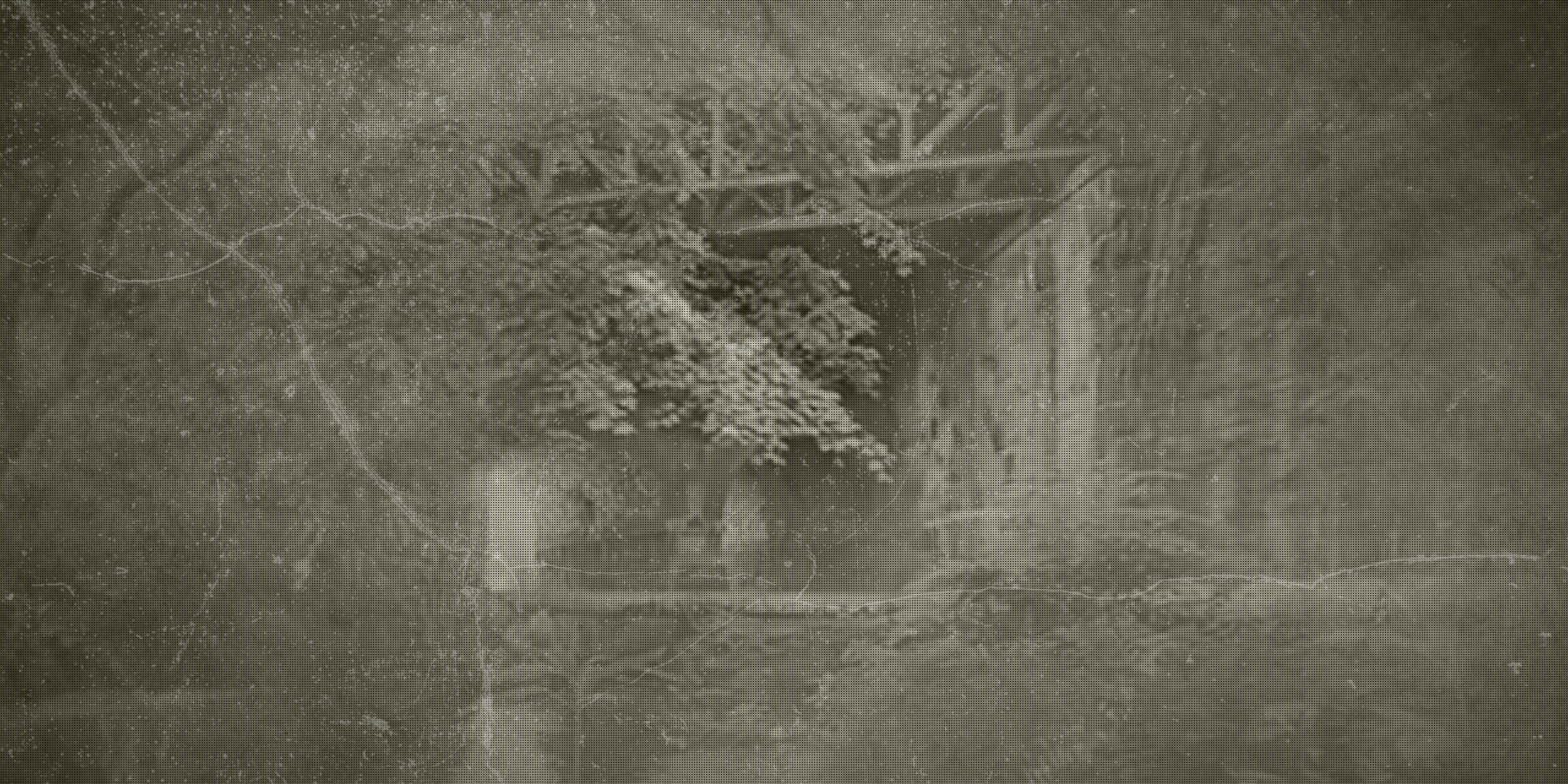
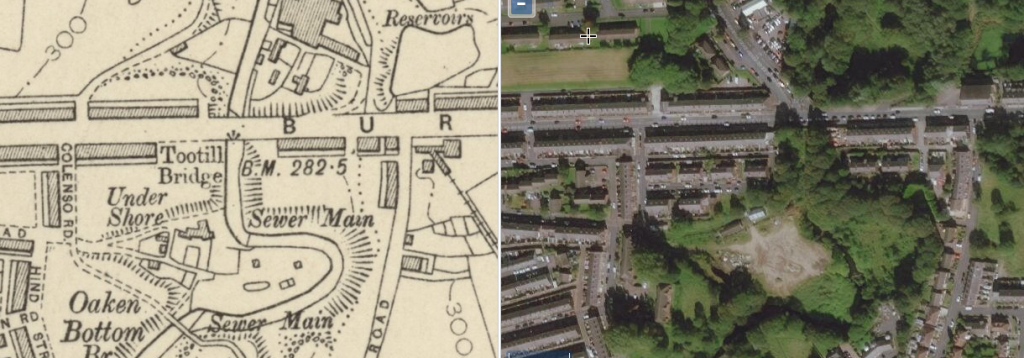
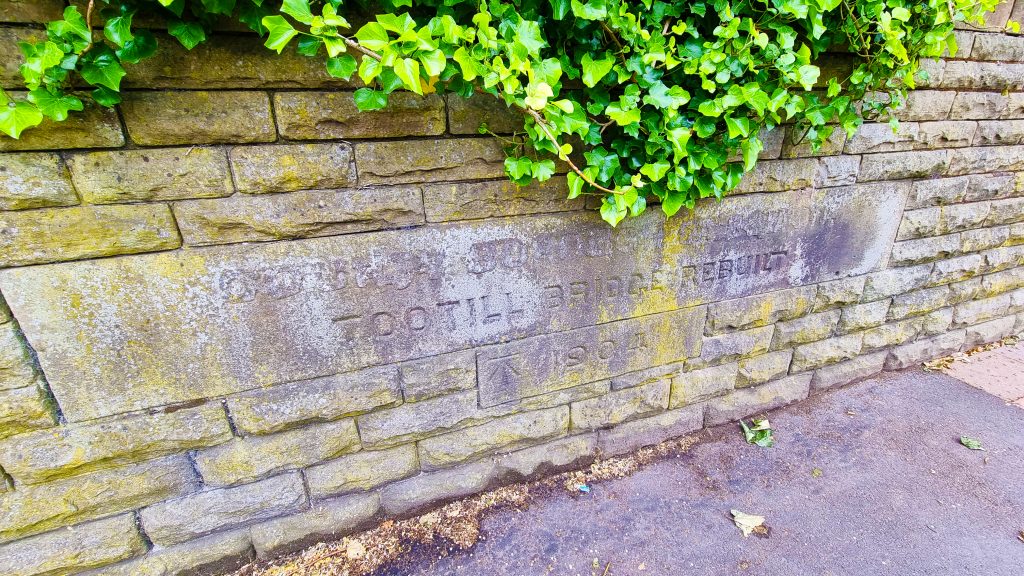
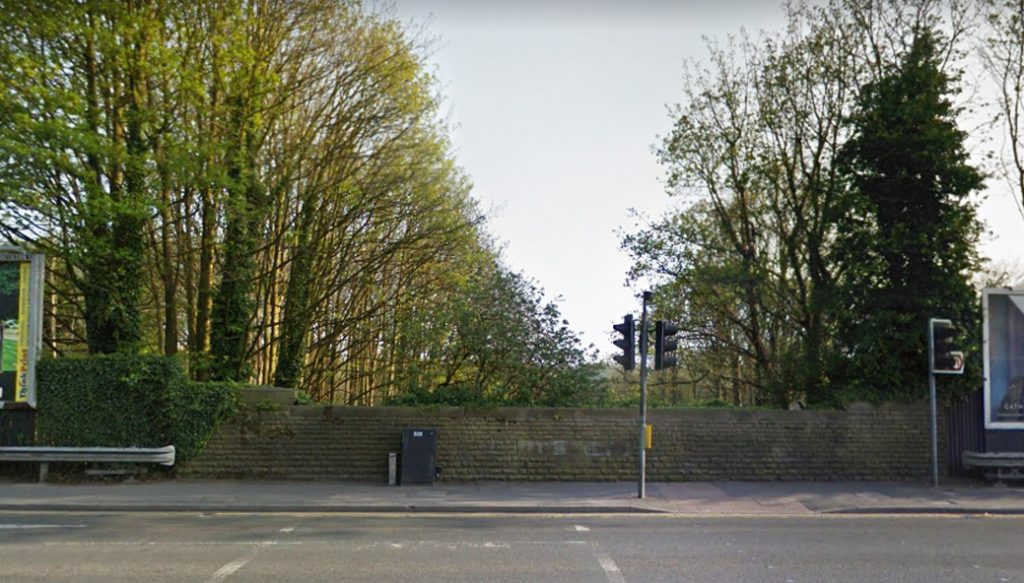
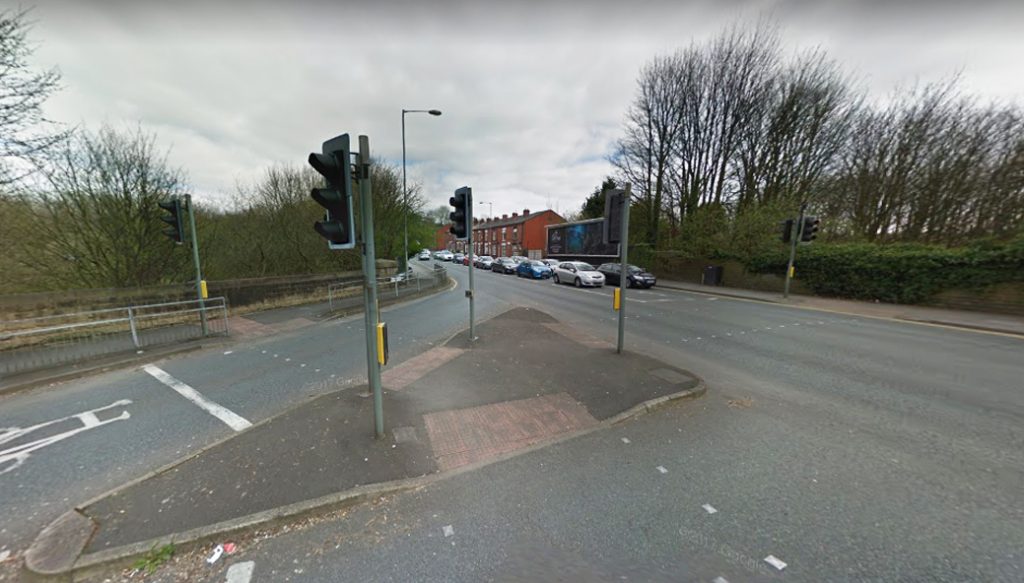
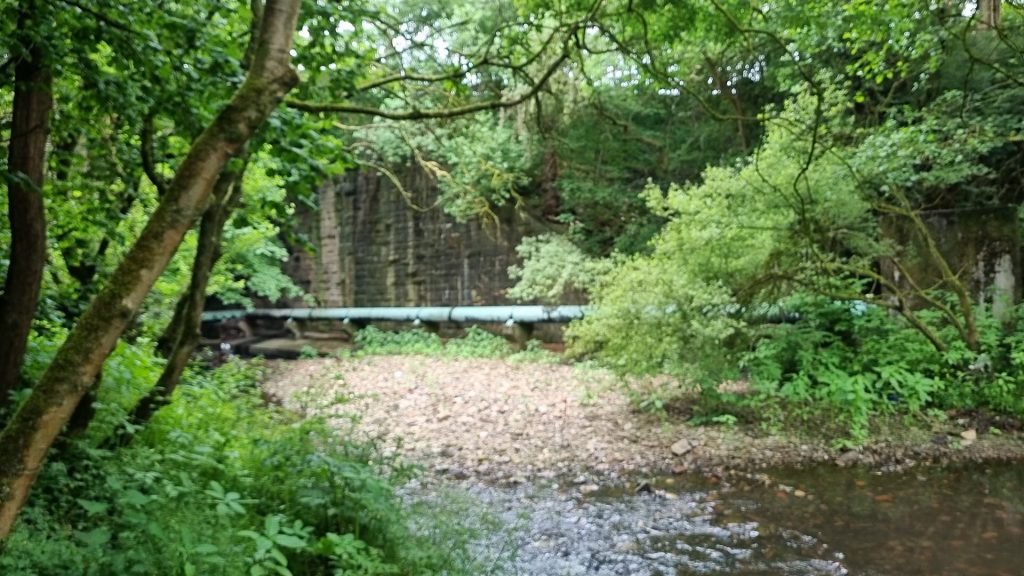
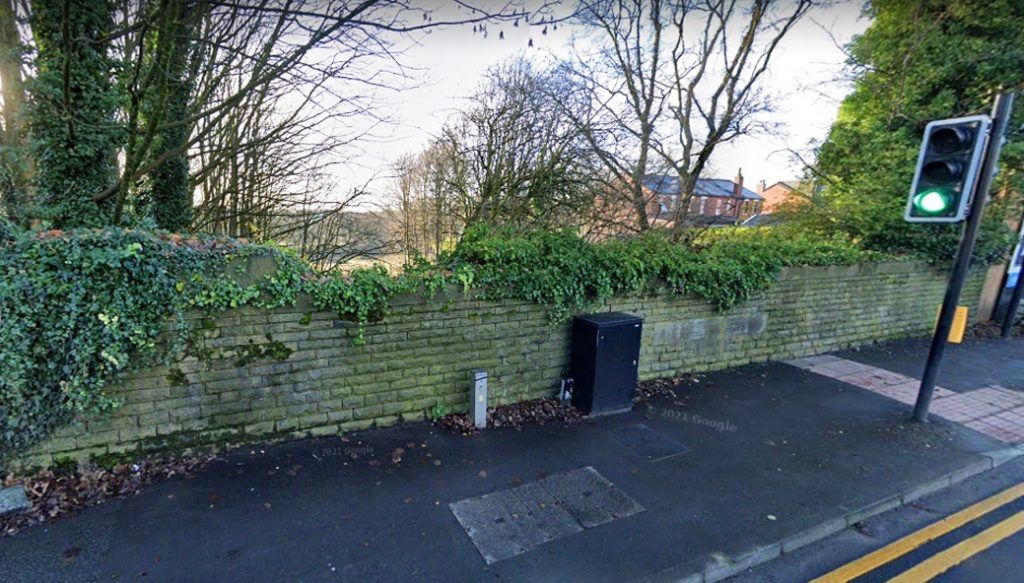
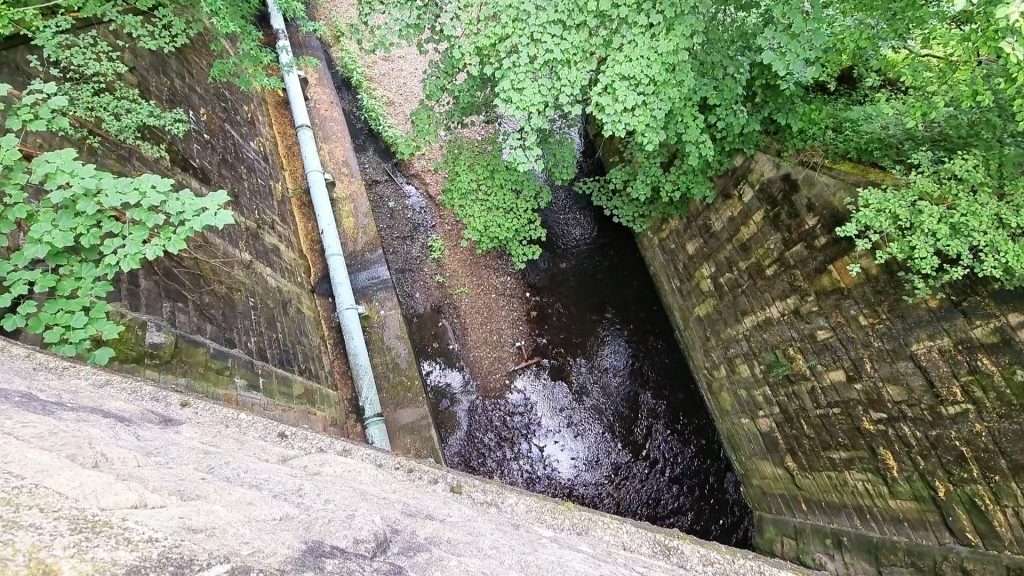
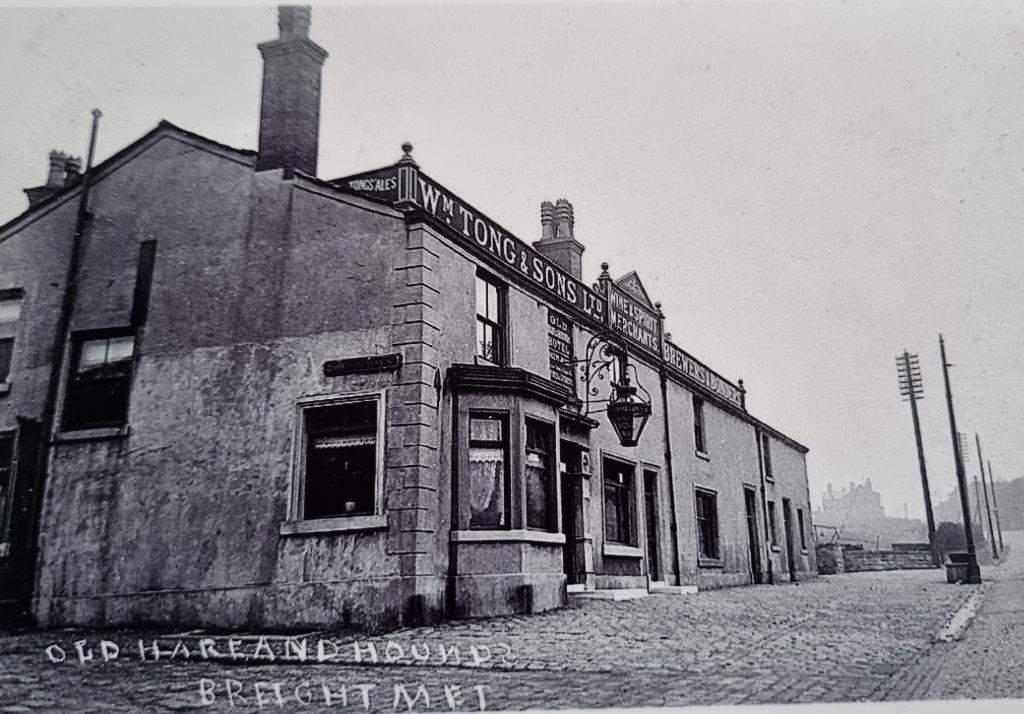
Leave a Reply